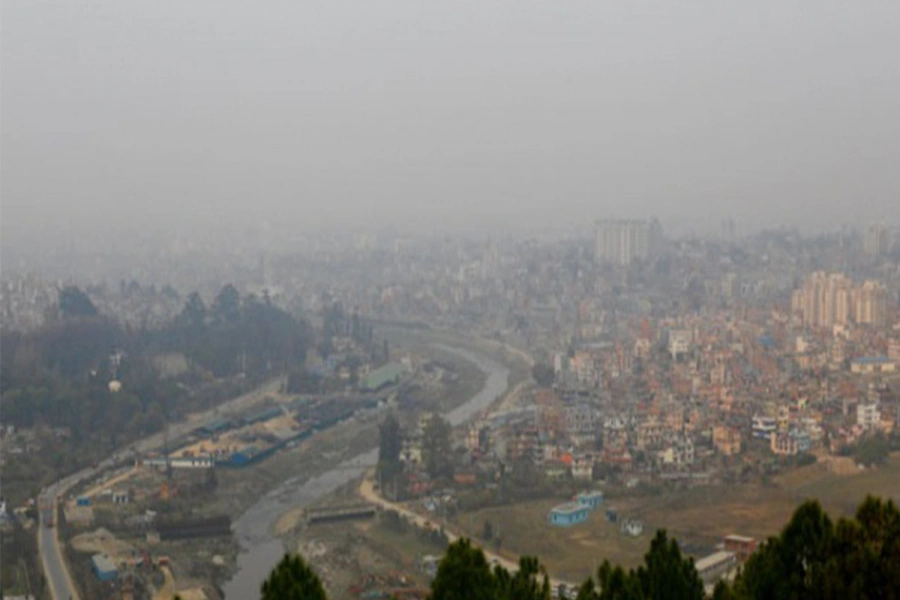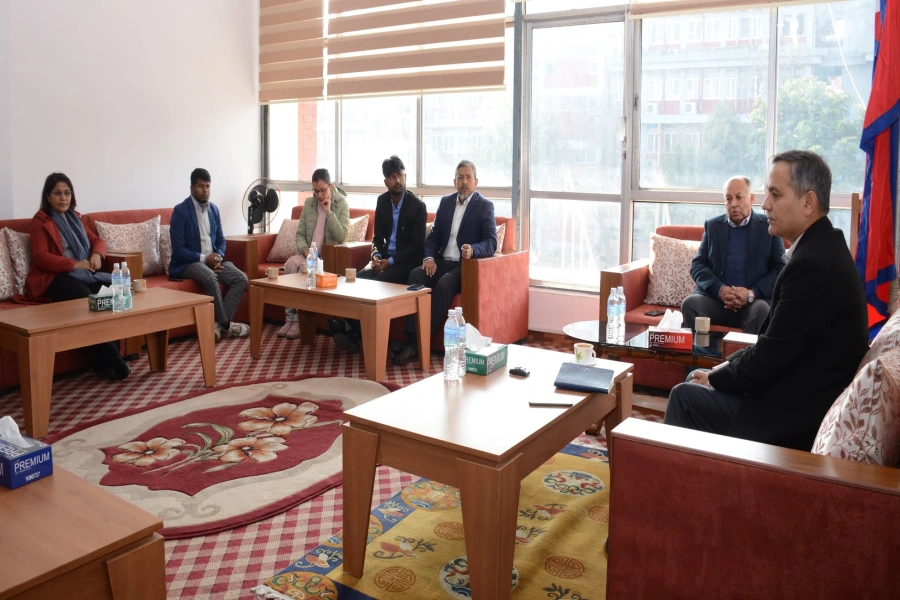In the month of December 2019, a unique and mysterious disease outbreak in the Wuhan city of China caused respiratory illness. It has since then spread globally, resulting in the pandemic. COVID-19 is a highly contagious cause of coronavirus. The infected patients have reported mild to severe acute respiratory syndrome. Common symptoms of the disease include fever, cough and shortness of breath. Other symptoms may include fatigue, muscle pain, diarrhea, sore throat, loss of smell and abdominal pain. While a majority of the cases result in mild symptoms, some progress to severe health problems, causing severe viral pneumonia and multi-organ failure.
COVID-19 has spread to 213 countries and territories around the world. Most of the countries are in hibernation, halting their regular economic, educational activities in order to break the transmission chain of the infection. Today is the 79th day of the lockdown and people are tired of this.
Coronavirus is not new to the scientific community. It was identified in 1960 and belongs to the Coronaviridae family. The previously known 6 types of Coronavirus are supposed to transmit disease among human beings and animals as well. The four different types of previously known coronavirus have been reported to cause mild upper respiratory tract disorder. On the contrary, the other two human Coronaviruses reported to cause SARS in 2003 and MERS in 2012 were comparatively more pathogenic to humans. The mortality rates of SARS and MERS were about 10% and 35%, respectively. These viruses are basically zoonotic in nature but humans may get infected through cross infection.
Speed up testing

During the close observation of the virus in wild animal, it was interesting that the bat coronavirus was genetically similar to that of Human SARS Coronavirus It is now generally believed that SARS Coronavirus is a recombinant virus between several bat SARS-like beta-Coronaviruses. Hence, it was concluded that the Coronavirus detected from the Wuhan city of China is the similar to previous with some unique features and the illness is caused by a novel Coronavirus (nCoV), so named as 2019-nCoV or SARS-CoV-2 and the disease named as Coronavirus disease 2019 (COVID-19).
The 2019 – nCoV needs 2 to 14 days after exposure to show its sign and symptom. So this period is critical and if the patient shows negligence, s/he can easily transmit several numbers of other healthy people not even knowing what he/she is doing in the society. During coughing, sneezing and even while laughing and talking, the virus comes out from the infected person and remains suspended in the air as the aerosol. The same air, when inhaled by the healthy person, gets infected easily due to droplet infection. The use of the protective mask acts as the physical barrier and protects against the virus to great extent. Besides, once the virus settles on any surface, it may remain there for even 12 hours, depending upon the type of surface. So to minimize the infection, washing hands frequently with soap water or using a sanitizer containing 70% alcohol is also equally effective to lyse the virus by disintegrating the outer lipid layer of viral particles. So the basic routine behavior and consciousness in sanitation and hygiene can help the person to be safe from disease. Travel –associated cases have also been reported in the majority of other countries and the outbreaks in health care workers have also proved its human-to-human transmission. The lockdown is important in keeping the social distance, especially the physical distance. However, the mental distress, insecurity of the economic status after lockdown, loss of employment due to lockdown have raised many questions that should be addressed by the government to assure their citizens.
Virus is the very small particle that needs another living host to carry out its metabolic activities. Once the virus enters the respiratory tract, it needs a specific receptor . ACE II is found in the lungs which plays an important role in the exchange of oxygen and carbon dioxide. The virus attaches with the receptor ACE II and starts replication, increasing its number. Once the virus starts multiplication, the host immune system takes an action and releases different types of the defensive factors. These factors reach to the hypothalamus of the brain and raise the temperature of the body. Similarly, when the immune system of the host gets activated due to the increase of fluid in the lungs that obstruct the flow of blood along with the Oxygen, blood vessels and the lungs itself get swelled. This is the Acute Respiratory Distress Syndrome (ARDS). The poor blood supply along with low oxygen result in septic shock. In such a condition, the respiration can be facilitated using artificial oxygen supply or by using a manual respirator or the ventilator. If the situation worsens, then the Systemic Inflammatory Response syndrome (SIRS) occurs which is more severe and creates multiple organ failure, and ultimately causes death.
Not all the SARS-CoV-2 infection is severe or fatal. About 80% of the total infected population have been completely recovered from the disease. The disease has no specific medicine or vaccine. The disease is treated on the basis of its symptoms and the preventive, and the mitigation measures play an important role.
The spectrum of this disease in humans is yet to be fully understood. Similarly, the symptoms of the infection are highly nonspecific. The treatment needs to be done only on the basis of respiratory symptoms, fever, cough, dyspnea, and viral pneumonia.
The COVID-19 pandemic has continued to take a heavy toll on families, communities and countries. The countries with the poor economic status have been hard-hit, resulting in economic instability and insecurity, but it has given rise to incredible acts of generosity, solidarity and cooperation. We must invest in health facilities and health workers, not just to protect lives, but to protect our livelihoods as well.
Ghimire is assistant professor, Department of Microbiology, Tri Chandra Multiple College






































